Digital Marketing Funnel [What It Is And How to Build a Great One]Want to increase online sales for your business? A digital marketing funnel can do that. In this article, I give you a simple explanation of what it is, with examples, and provide 9 steps on how to easily build your own funnel. Once you do, you'll be sending a consistent stream of targeted leads to your business, and revenue will start climbing. What is a digital marketing funnel?A digital marketing funnel is a sequence of marketing tactics that introduces a prospect to a business, provides education about a problem, pitches a product as the solution, and encourages repeat purchases and referrals. What are the stages of a digital marketing funnel?The four major stages of the digital marketing funnel are:
Often, businesses discuss sub-stages within each of the four major ones. Sometimes, mapping out a detailed funnel with various sub-stages can help a business plan its marketing strategy better. However, any lower levels would ultimately tie into one of the four main ones. The aim of a marketing funnel is to take a person who's never heard of a brand and eventually turn the person into a loyal customer who refers friends What is an example of a digital marketing funnel?
How do you create a digital marketing funnel?Below, I provide 9 steps for creating a digital marketing funnel. I give tips to improve your results and recommend software tools that can help. 1.) Create a lead magnetA lead magnet is a free digital item that would be of value to a potential buyer of your product, known as a "target customer persona." Some examples of lead magnets:
Ideally, your lead magnet should help a prospect solve the same problem that your paid product solves, however, not as effectively. You want to be sure your lead magnet provides value, however, you don't want to give away all of the value your business offers upfront, or else you'll have nothing to sell. For example, let's say you have an online course in graphic design. The course is 5 hours long and covers various topics. Your lead magnet can be a video on graphic design that's 15 minutes long. It may cover one topic in depth, however, not everything. If you're going to create a video lead magnet, I recommend the tool InVideo. 2.) Build a landing page for your lead magnetA lead-magnet landing page is a web page that showcases your lead magnet, urging people to submit their email address to get it. Landing pages have specialized layouts that other web pages don't. Many landing-page tools are available. They not only offer optimized templates, but other features that can help your digital funnel. I put together a list of some excellent platforms for landing pages. 3.) Automatically deliver your lead magnetYou don't want to manually send your lead magnet to everyone who claims your offer. Instead, you want to set up an automated system that'll deliver it for you. An email-marketing platform can automatically send pre-written emails to new subscribers (known as "welcome messages"). In them, you can include a link to your lead magnet. If it's a PDF or spreadsheet, you can simply add a link to the document on Google Drive. If it's a video, you can include a link to a private page of YouTube or Vimeo. Certain landing-page builders, like ClickFunnels, also offer email marketing. If you use ClickFunnels, you won't need a separate email system. Other landing-page tools don't have their own email service, however, let you easily plug in a third-party version. Two third-party systems I recommend are MailerLite and ConvertKit. 4.) Send targeted traffic to your landing pageOnce you have a lead magnet, an email-delivery system, and a landing page, your next step is sending traffic to the landing page so prospects can find out about your offer and claim it. You don't just want any kind of traffic on your landing page, but targeted traffic, ie, people who would be interested in your offer. For example, if your lead magnet is a video about graphic design, you'd want to send aspiring graphic designers to your landing page, not, say, aspiring statisticians. Here are three ways to send targeted traffic to a landing page:
Skillshare courses for Google ads Skillshare courses for Facebook ads Udemy courses for Google ads Udemy courses for Facebook ads FYI, HubSpot is a marketing platform you can use to create landing pages, run email automations, post on social media, and launch paid ads. All reporting is integrated on one simple, end-to-end dashboard. 5.) Set up an onboarding email sequenceOnce you deliver your lead magnet, you want to move from the first stage of the funnel, awareness, to the second, consideration. An onboarding email sequence is a facilitator of consideration. Here's how to set one up:
6.) Pitch your productAfter your onboarding sequence, you can move into the conversion stage of your funnel. By now, your email subscribers should already know quite a bit about your brand. Hopefully, you've provided a lot of free value via your lead magnet and follow-up content, and prospects view your brand as a trusted expert. A segment of people should be ready to buy from you. As part of your email marketing strategy, you want to let them know about a paid product/service you offer than can solve the problem you've been addressing in a faster and/or better way than your advice so far. You should create a landing page for this product. Your landing-page tool should not only have templates for lead magnets, but paid products. Here are some tips for pitching a paid product:
7.) Equip your customersOnce you make a sale, your business isn't done. To properly transition into the next phase of the funnel, loyalty, you need to assure your customers get as much value as they can from the product they just bought. If they don't see the full value, they may regret their purchase. This is bad for a few reasons:
To avoid this, you, of course, want to make sure your product is stellar. But you also want to make sure customers know exactly how to use it. Certain products, like mugs, don't require any explanation. But, for others, step-by-step guides may be necessary. Consider what customers need and be sure to email it to them. 8.) Recommend other productsSelling a second product to an existing customer is much easier than selling a first to a new customer. Once a customer has successfully reached the loyalty stage of your funnel, your brand will be viewed in a positive light. Periodically, you want to email existing customers about other products they might like. Certain tools for landing pages and email automation, like ActiveCampaign, come with an e-commerce personalization feature. Customers won't simply be notified of any product, but one they're likely to buy based on their past shopping behavior. Having a segment of loyal, repeat shoppers on your email list can significantly drive up your revenue. Because you don't need to run new paid ads to get these peoples' attention, this big rise in sales does not come with a big rise in cost, and grows profit. 9.) Encourage referralsIf you consistently deliver a quality experience, customers may naturally start sending links to your website to their friends and colleagues. However, offering customers rewards can amplify the process. You can set up a referral program, which will financially reward customers as they get others to purchase from you. Typically, the referrer will get a commission on a purchase made by their friend/colleague. Another tactic is to run a viral giveaway. You'd offer a prize relevant to your target customer persona, then use a software tool like UpViral to let people earn more entry points in the giveaway for referring others via social media. Digital marketing funnels - frequently asked questionsHow does a marketing funnel work?With a marketing funnel, you first get the attention of prospects. You give them something of value in exchange for an email address, then send them automated emails with helpful tips. Eventually, you pitch them a paid product, recommend additional products, and encourage referrals. Why is a funnel important in digital marketing?When done in isolation, most marketing tactics won't lead to a profit. A funnel is a holistic marketing strategy, which ties various activities to each other in a profitable way. For instance, people are more likely to purchase from a business if they view it as a trusted expert. What is a digital marketing strategy?A digital marketing strategy is an approach for converting someone who's never heard of a business into a loyal customer who recommends it to others. A strategy encompasses individual marketing tactics, however, treats them as components of a broader system, known as a funnel. This post contains affiliate links.
0 Comments
Leave a Reply. |
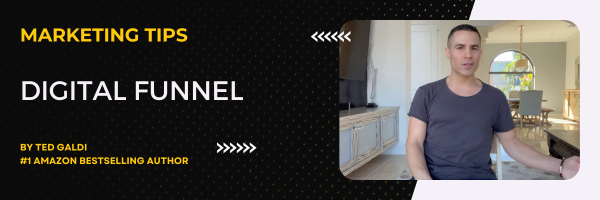
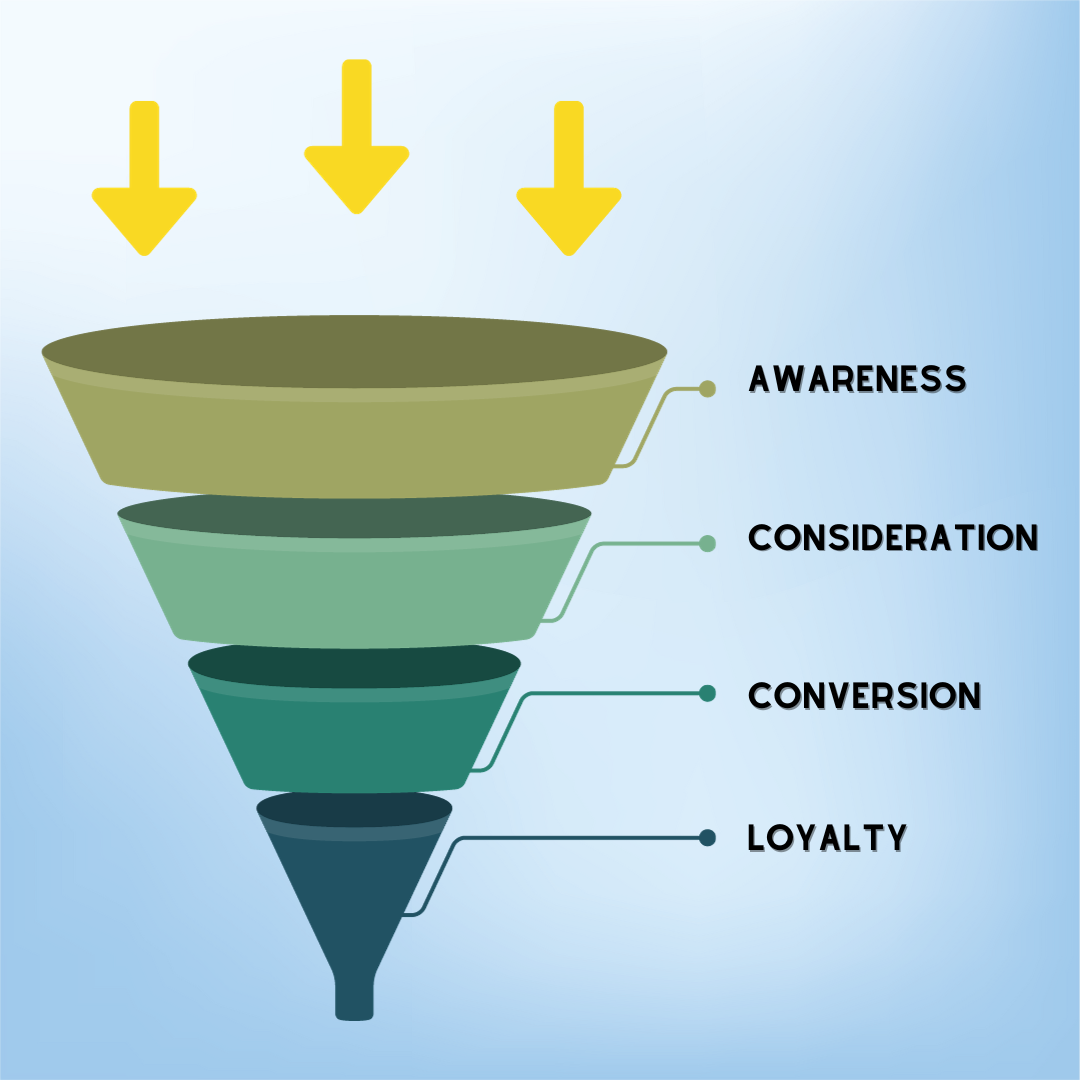
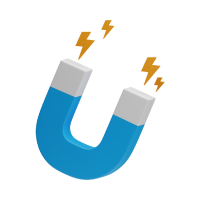
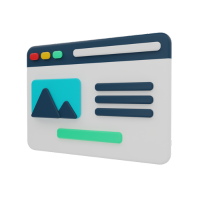
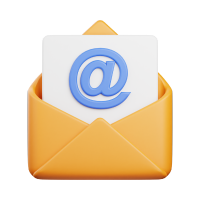
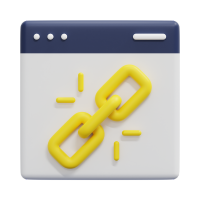
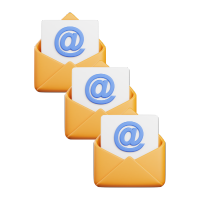
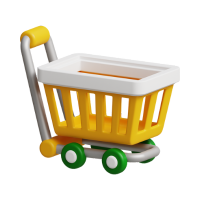
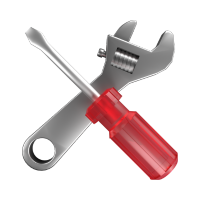
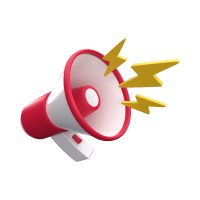

 RSS Feed
RSS Feed